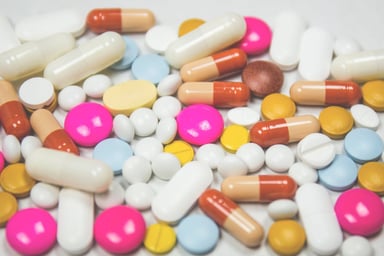In a recent teleconference with senior officials in the Office of Generic Drugs (OGD) at the FDA, it was conveyed that it is the policy of OGD in determining the safety of excipients to rely exclusively on either:
- relevant prior use in pharmaceutical products, and/or
- data from animal toxicity studies.
Arguments for the safety of excipients that do not fit into either of these categories are not considered. For example, the safety of use of an excipient in oral drug formulations cannot be supported based on levels of exposure to the same ingredient in the food supply. Similarly, justifications regarding the safety of excipients in topical drug formulations based on exposure levels from cosmetic products would not be used in evaluating excipient safety. In fact, if a toxicology consult with pharmacologist/toxicologists in the Office of New Drugs (OND) is requested by OGD for an excipient, the only data that are provided to an OND toxicology reviewer are relevant studies from rodents and nonrodents as described in the May 2005 FDA guidance, Nonclinical Studies for the Safety Evaluation of Pharmaceutical Excipients. Other information provided in an ANDA that may also support excipient safety is not provided for review.
It was pointed out to these senior officials that the May 2005 guidance that is cited by OGD also states:
“The Centers recognize that existing human data for some excipients can substitute for certain nonclinical safety data, and an excipient with documented prior human exposure under circumstances relevant to the proposed use may not require evaluation in the full battery of toxicology studies outlined in this guidance. For example, the Centers will continue to consider factors such as use in previously approved products or GRAS status as a direct food additive. Under some circumstances (e.g., similar route of administration, level of exposure, patient population, and duration of exposure) experience associated with the prior use may adequately qualify an excipient.”
OGD explained that consideration of exposures outside of the pharmaceutical realm would not be used to evaluate excipient safety. They expressed that the use of such arguments was a slippery slope and that it was difficult to draw the line between justifiable and unjustifiable arguments regarding exposures to excipients present in foods and cosmetics. In order to have consistency and a “level playing field” for all sponsors, the decision was made by OGD to rely only on human data as it relates to prior use in relevant pharmaceutical products and on rodent and nonrodent toxicity studies to support the safety of new or increased levels of excipients.
To the best of our knowledge, this policy is limited to OGD. The Office of New Drugs continues to consider the full complement of scientific data available (as enunciated in the May 2005 guidance) for assessing the safety of excipients used in drug products. It is hoped that with the passage of GDUFA, positions are funded for trained pharmacologist/toxicologists within OGD and that these individuals are given the freedom to consider all reasonable arguments regarding excipient safety.
If you have any questions or thoughts on this blog post or others, please contact us.
